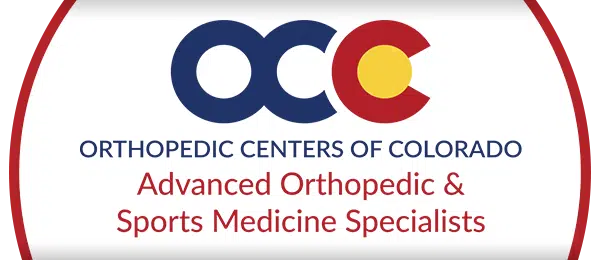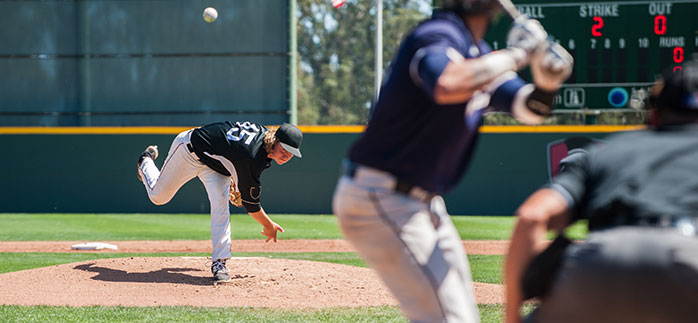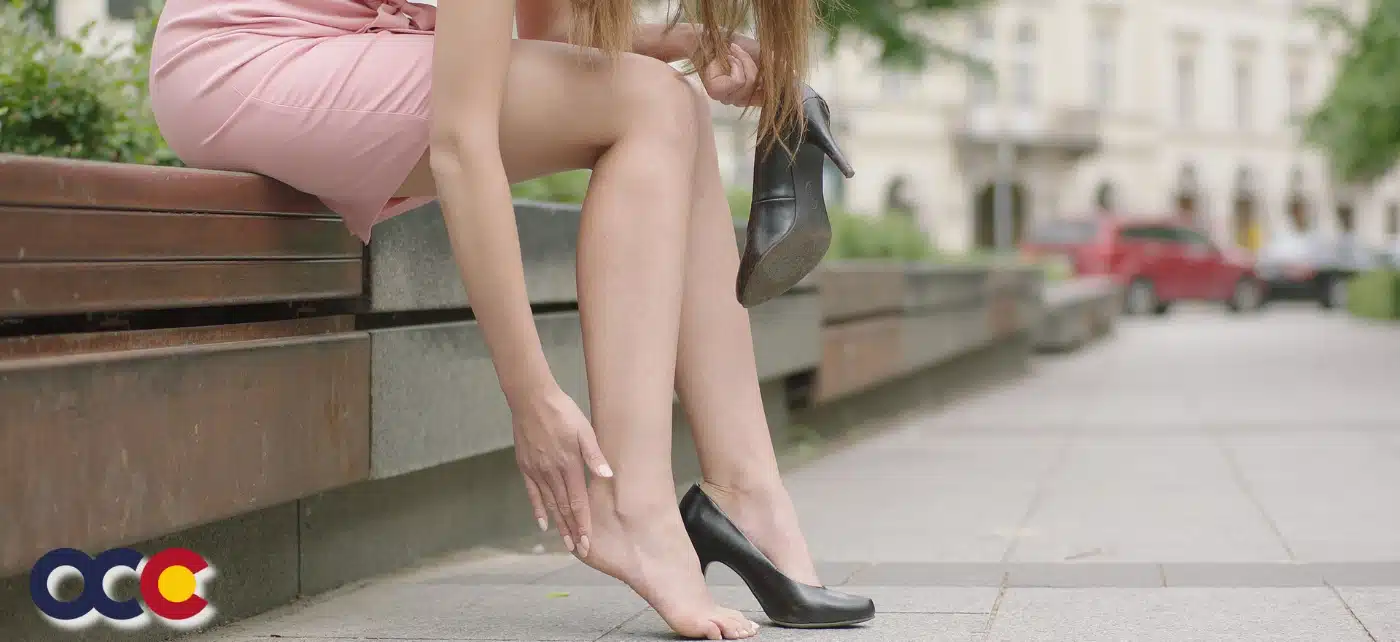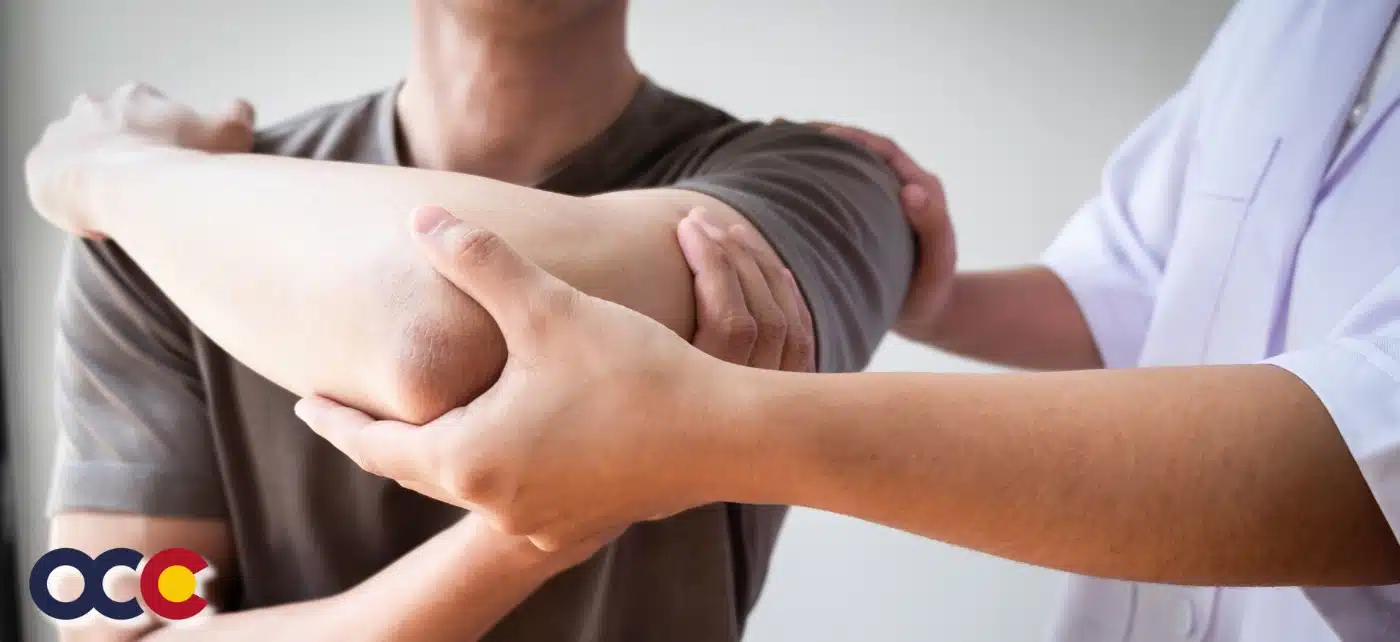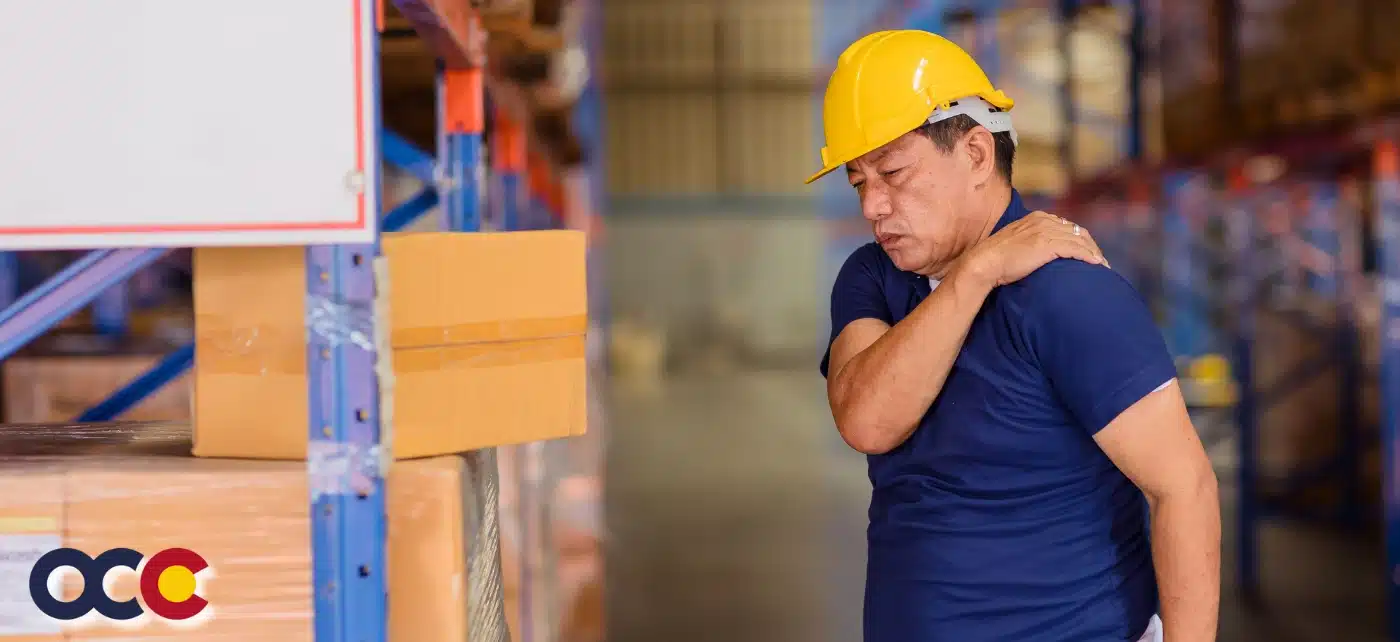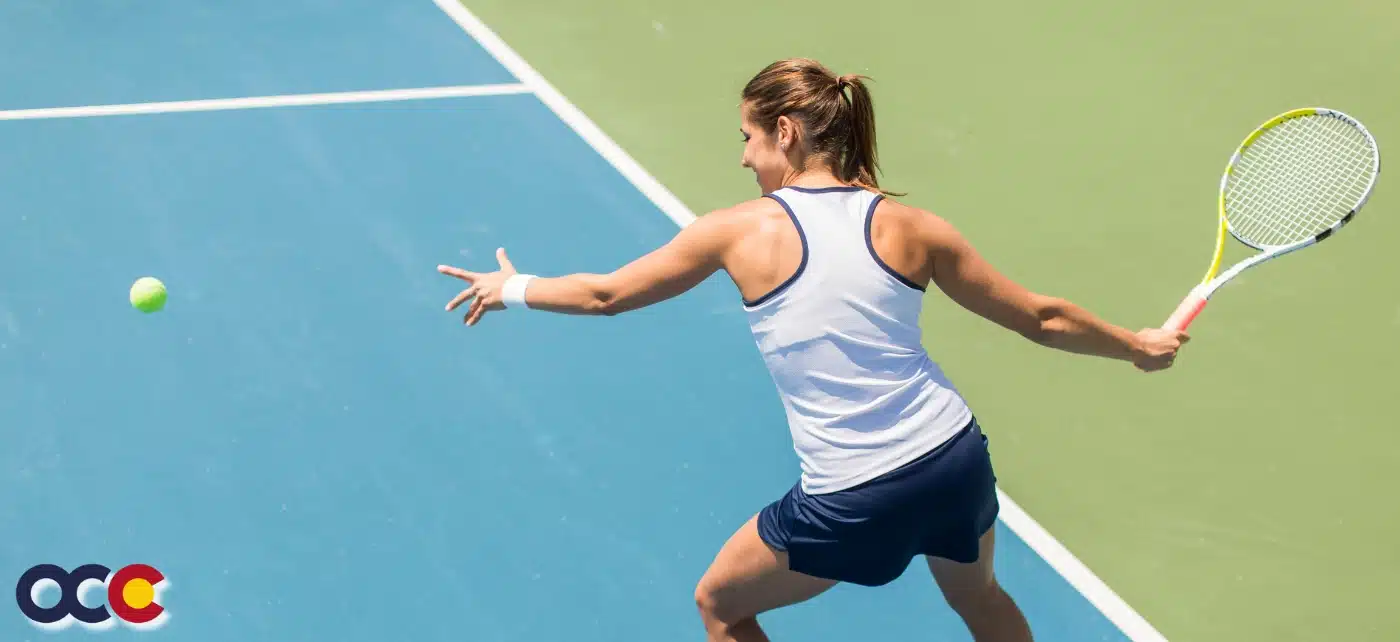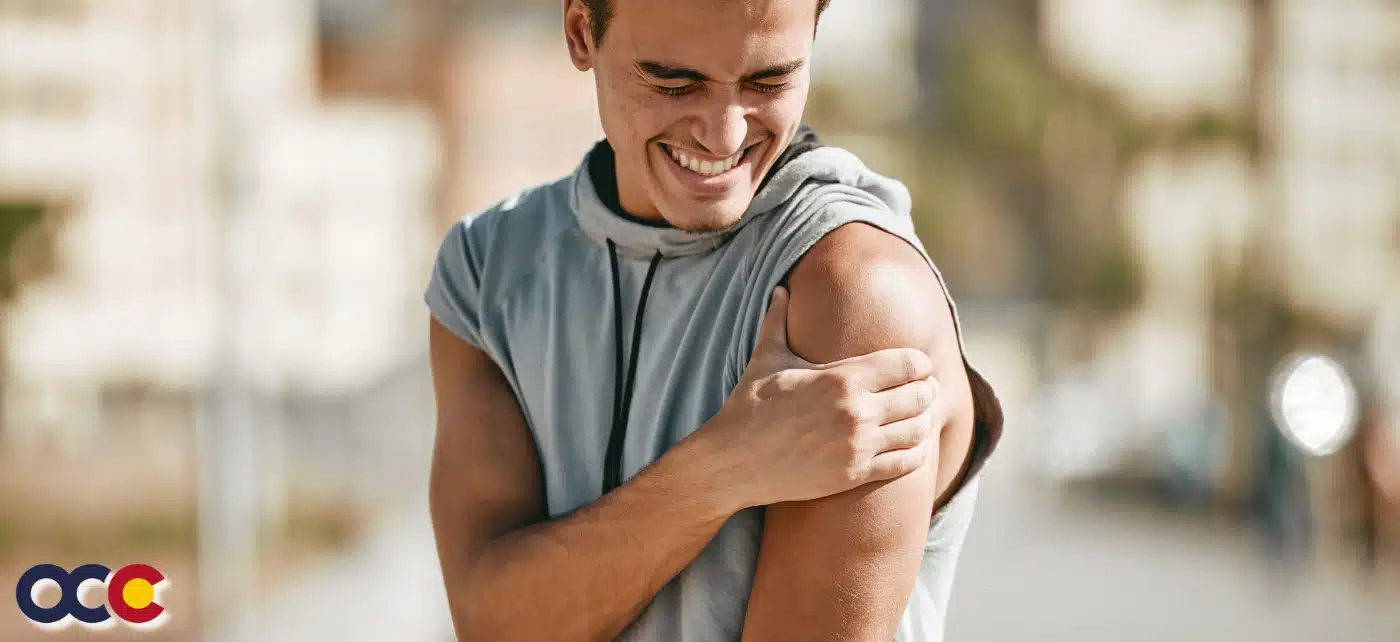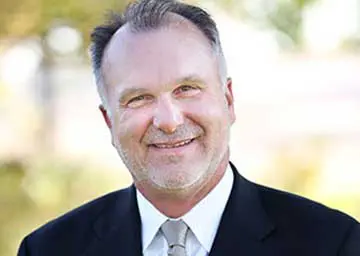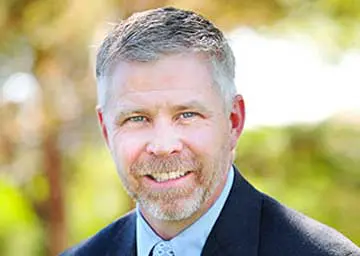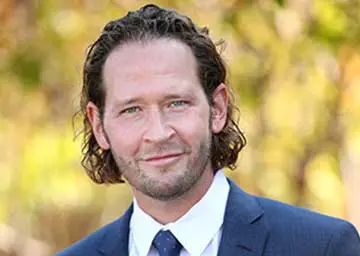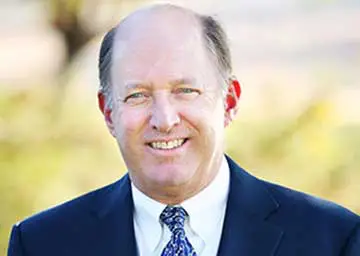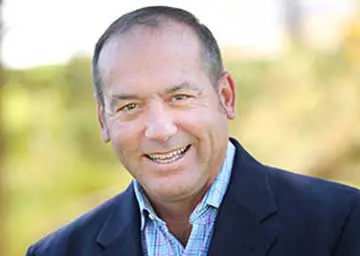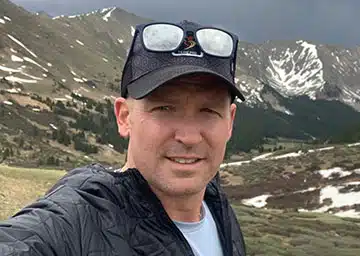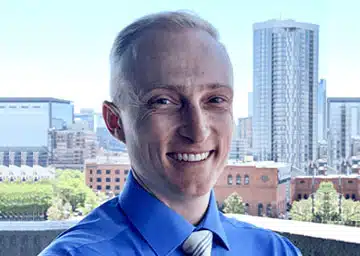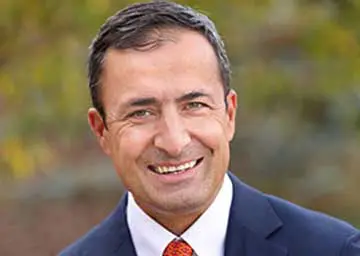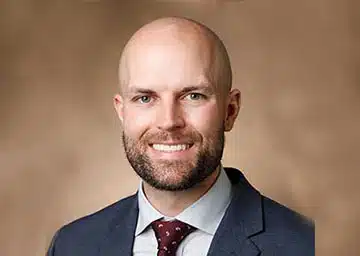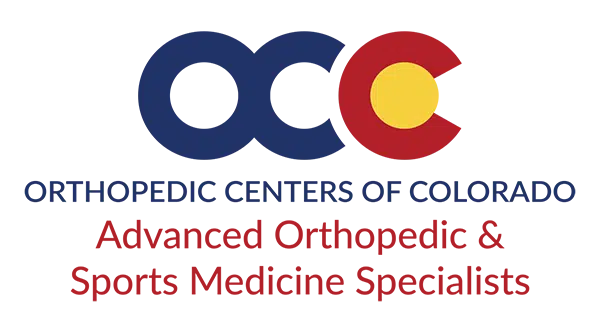Across Denver rotator cuff tears are occurring in greater numbers because of baseball and other sports that use overhand movements or mechanics (e.g. tennis, volleyball and track and field). While common in many sports, the mechanics of the movement are actually very unnatural and create stress on the stabilizing elements of the shoulder. Combined with the fact that today’s athletes seem to do year-round training and thus overuse specific muscle types, rotator cuff tears are bound to occur. Understanding how the shoulder works can help all athletes prevent tears and understand when it’s time for diagnosis or treatment.
The shoulder is a ball-and-socket joint, and the connective tissue surrounding the socket keeps the bone centered and in place. The muscles and tendons provide stabilization and security. According to Denver rotator cuff surgeon Dr. Andrew Motz, stress and repetition from the natural mechanics of throwing overhand greatly test that stabilization. “One of the most common areas for shoulder strain and injury is the group of tendons that form your rotator cuff.”
The rotator cuff is comprised of four muscles that come together to form the cuff that surrounds the humerus. Tendons attach your muscles to the bone and aid in bone movement. Damage to that vital cuff can have great (and sometimes lasting) impact on athletic performance. Just the words rotator cuff are enough to set off alarm bells to those who’s athletic performance centers around overhand throwing motions.
Rotator Cuff Tear Prevention
So how can you protect yourself? Flexibility and strength are the primary tools to prevent a rotator cuff tear. A consistent stretching and warm up regimen is essential to any athletic performance and it’s particularly helpful for shoulders. Stretching enhances flexibility and strength training provides vital protection for such a vulnerable area under constant strain.
Strength training needs to focus on more than just shoulders, and a major part of the equation is back muscles. The development of upper back muscles such as the trapezius, levator scapulae, rhomboids are all important.
Your approach to exercise is also important: form, control and frequency all matter. Improper exercise (lack of exercise, over-exercising, poor form, excessive weights) can actually inflict damage rather than preventing it. It’s important to strike the right balance. The Goldilocks approach (not too little, not too much; just right) develops muscular protection and stability without adding to the stress.
Rotator Cuff Tear Diagnosis
Pain, weakness or performance issues are the principal indicators that you should seek help. A proper evaluation not only puts you on the road to recovery, it’s a vital step to ensure that you prevent further damage. Listen to your body. As an athlete, you know when your throwing strength isn’t there or when you are experiencing pain that wasn’t there before. Discomfort with overhead movements or even sleeping pain are signs to seek an evaluation. Rotator cuff injuries can vary from bruises to strains, bursitis or tendinitis, to the most concerning – tears.
Rotator Cuff Tear Treatment
Treatment options vary as much as the potential type of rotator cuff injury. Conservative treatments such as rest, therapy, anti-inflammatory medicine or steroid injections (coupled with stretching and therapy plans) can resolve many rotator cuff problems; however, more serious cases require surgery. Once a tear is confirmed, it’s time to focus on treatment options. “Every rotator cuff tear is different,” says Dr. Motz, Denver rotator cuff physician and Advanced Orthopedic shoulder specialist.
“Our team of specialists focuses on a solution that maximizes the success for each patient, and gives them the best opportunity to get back to being active as soon as possible.” The less-invasive arthroscopic surgery provides a thorough evaluation as well as treatment for most throwing injuries that are not large or complex.
Rotator Cuff Tear Rehabilitation
After treatment, proper rehabilitation is of paramount importance. It is a slow recovery as the tendon has to heal into the bone before active motion can begin. Overly aggressive rehab after surgery can be a cause of failure. In general, it is six months before the patient is cleared for all activities.
At Advanced Orthopedics, we understand the impact of rotator cuff injuries in Denver [we’re committed to providing the best treatment for rotator cuff injuries in Denver] and we’re here to help you get the best diagnosis, treatment, rehab and support to get you back in the game. Schedule an appointment today with one of our shoulder specialists to get back on your game!
